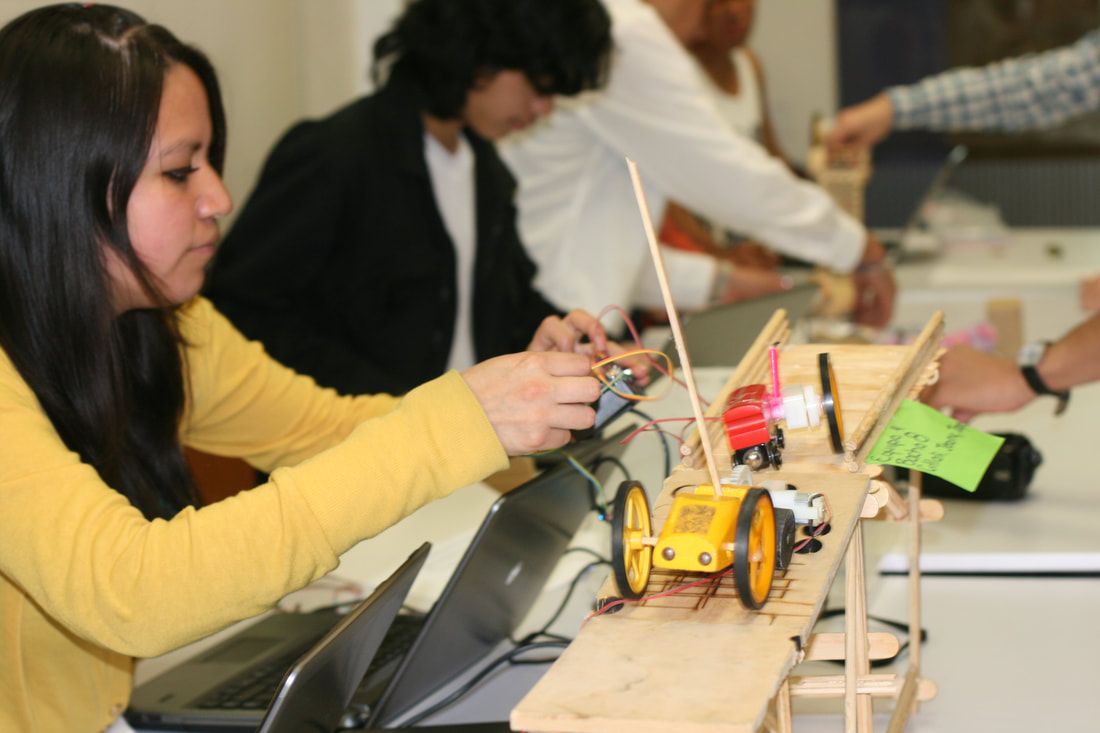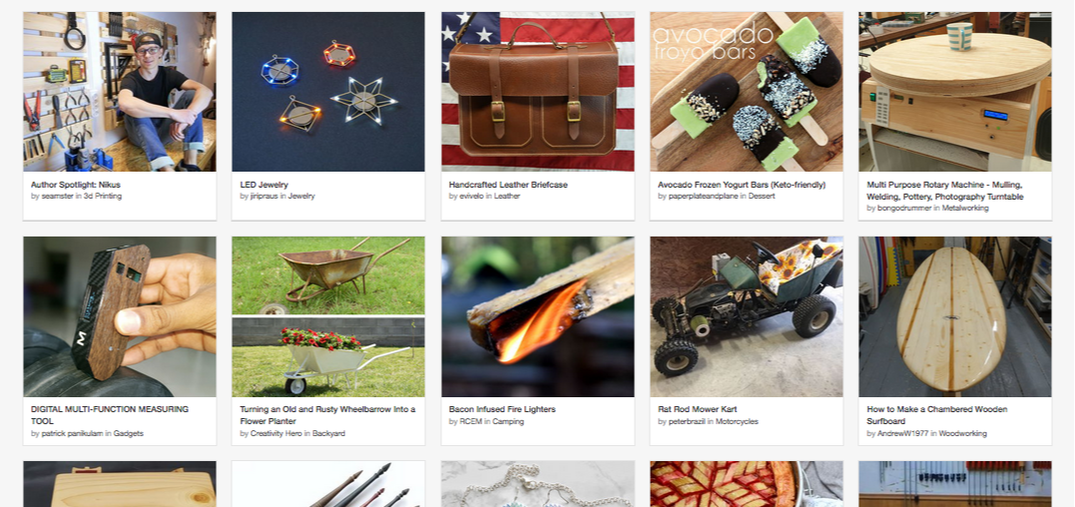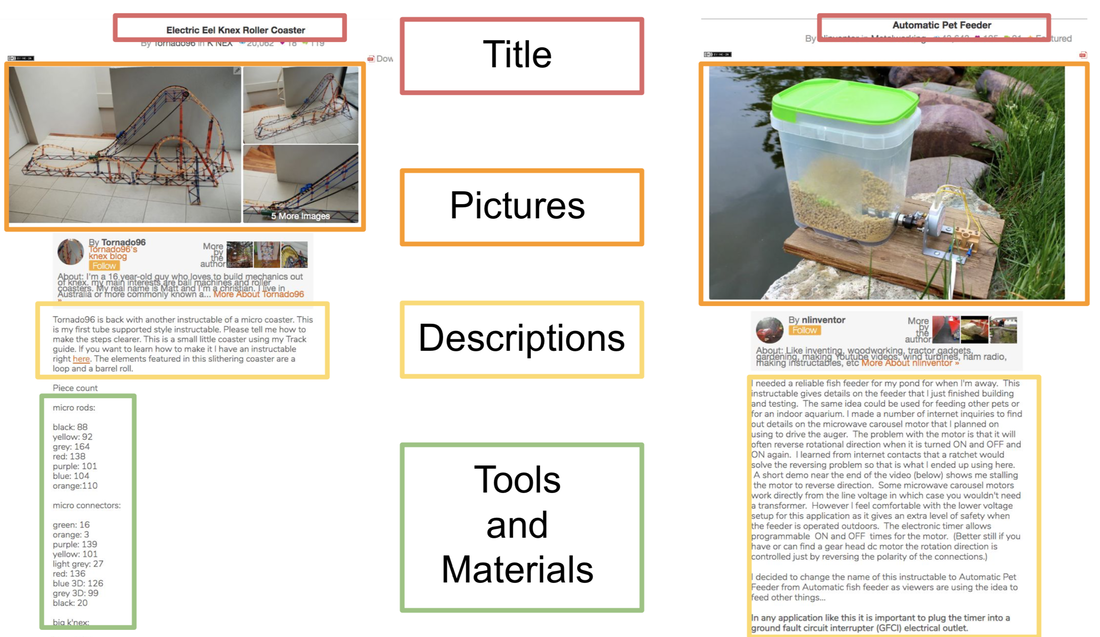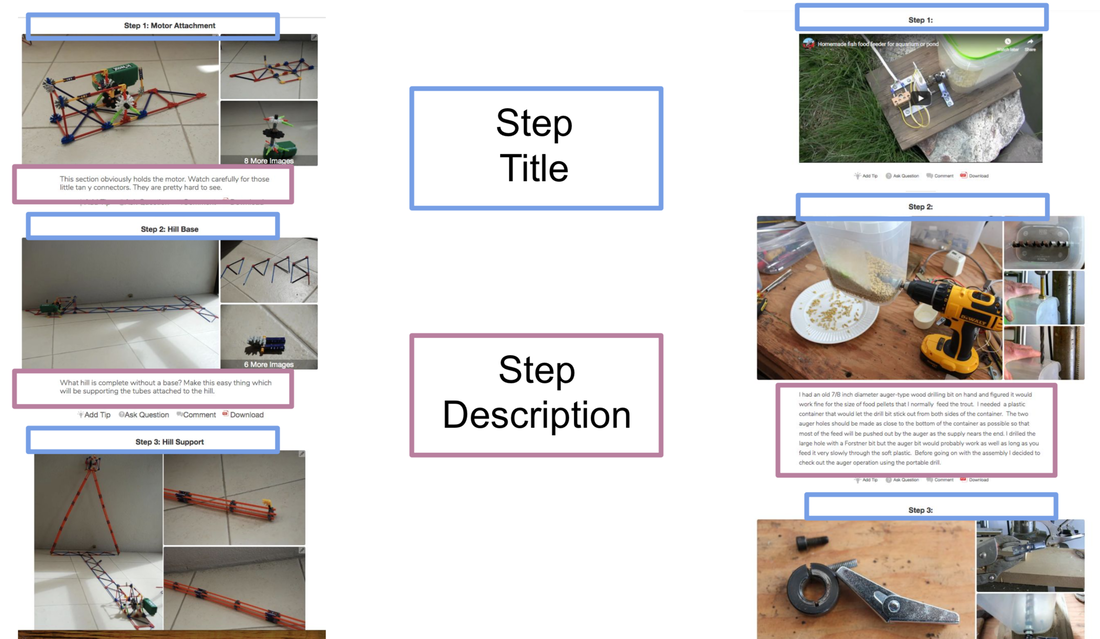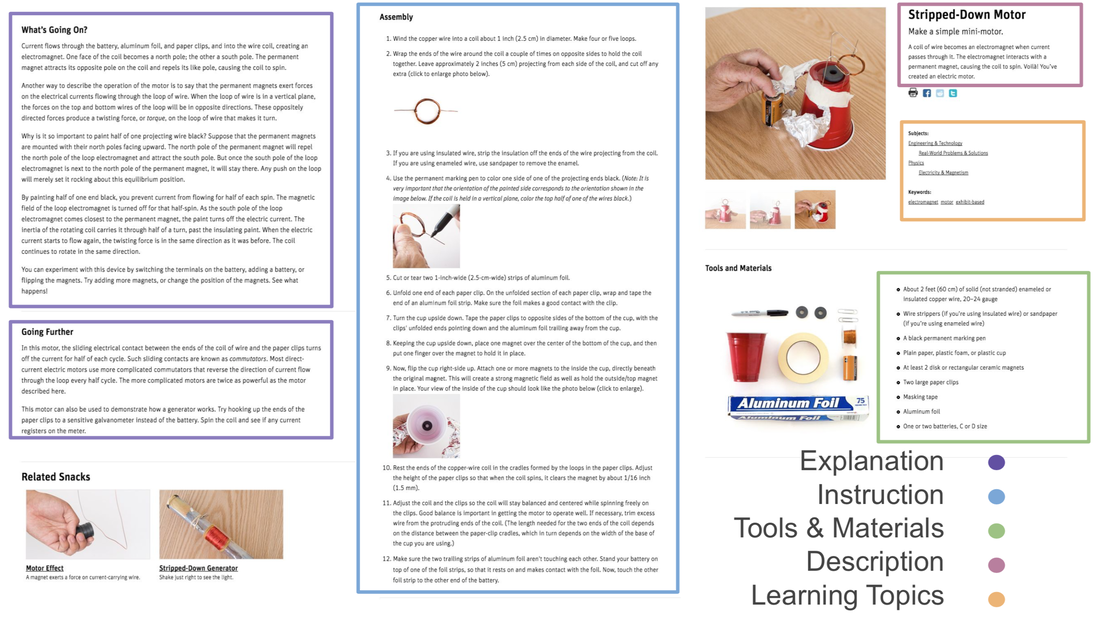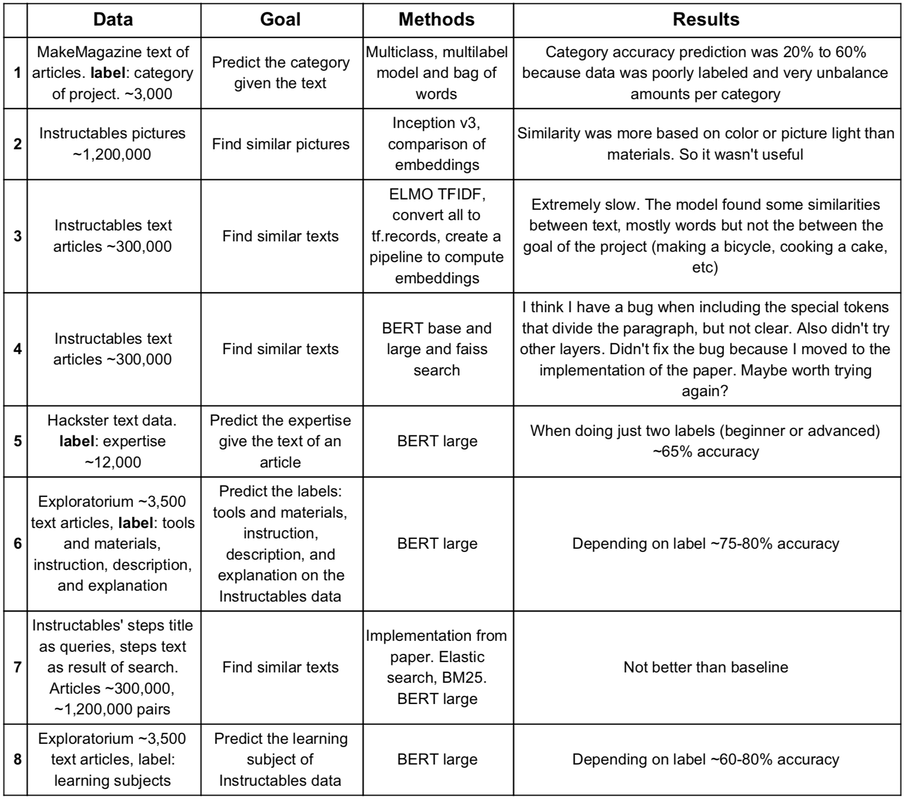Creature: Human Learning powered by Machine Learning
Rationale
Adaptive expertise is when problem-solvers are able to efficiently solve previously encountered tasks and generate new procedures for new tasks. In a world that is constantly transforming helping children to became adaptive experts is extremely important, but extremely hard for two main reasons. The fist one is that adaptive experts need to apply what they know to new and previously encounter situations so teachers need to create experiences that will allow that exploration to happen. This is hard because creating those experiences normally involves multidisciplinary knowledge and scaffolding real world situations into classroom activities. The second reason is that learning is hard and it requires many hours of being focused and engaged, for children to achieve that state they need to be doing something that is really interesting, and each children find different things interesting.
Thanks to the 'Makers Movement' the web is full with DIY projects that use cheap and relatively easy-to-use technology and more and more schools are adopting some type of 'project-based-learning'. Still, after more than 10 years that the 'Makers Movement' became popular educational institution struggle to support their students, teachers and school in creating real world projects that apply knowledge in all the different subjects.
Machine Learning (ML) has been used mostly as a tracking optimization system in education, not as an empowerment tool for students or as a agency supporter. This projects explore how can ML help the implementation of 'project based learning' in schools.
Adaptive expertise is when problem-solvers are able to efficiently solve previously encountered tasks and generate new procedures for new tasks. In a world that is constantly transforming helping children to became adaptive experts is extremely important, but extremely hard for two main reasons. The fist one is that adaptive experts need to apply what they know to new and previously encounter situations so teachers need to create experiences that will allow that exploration to happen. This is hard because creating those experiences normally involves multidisciplinary knowledge and scaffolding real world situations into classroom activities. The second reason is that learning is hard and it requires many hours of being focused and engaged, for children to achieve that state they need to be doing something that is really interesting, and each children find different things interesting.
Thanks to the 'Makers Movement' the web is full with DIY projects that use cheap and relatively easy-to-use technology and more and more schools are adopting some type of 'project-based-learning'. Still, after more than 10 years that the 'Makers Movement' became popular educational institution struggle to support their students, teachers and school in creating real world projects that apply knowledge in all the different subjects.
Machine Learning (ML) has been used mostly as a tracking optimization system in education, not as an empowerment tool for students or as a agency supporter. This projects explore how can ML help the implementation of 'project based learning' in schools.
Project Overview
Creatures is a model that matches projects with learning a particular topic. It uses transfer learning on BERT and was improved with Active Learning.
Creatures is a model that matches projects with learning a particular topic. It uses transfer learning on BERT and was improved with Active Learning.
Data
As Andrej Karpathy recently wrote in his blog: A Recipe for Training Neural Networks, the first step is to become one with the data. Through several years I have been using websites that contain the data that I uset to create projects in education and design professional development for teachers: The Exploratorium, Make Magazine , Hackster and Instructables are some of those websites. All of them have different types of data: different formats, information, focus, categories, audience and all those websites but The Exploratorium have projects that any user can post. In all the websites the data are articles that explain how to make different types of projects, from IoT, to cooking, arts-and-craft or robotics. The projects vary on time, expertise, materials, skills, tools and topics. At minimun all of the projects have pictures, a description of the project, a category and a list of steps to make the project. After getting some of the data and scraping the rest, I ended up with ~323,000 articles:
As Andrej Karpathy recently wrote in his blog: A Recipe for Training Neural Networks, the first step is to become one with the data. Through several years I have been using websites that contain the data that I uset to create projects in education and design professional development for teachers: The Exploratorium, Make Magazine , Hackster and Instructables are some of those websites. All of them have different types of data: different formats, information, focus, categories, audience and all those websites but The Exploratorium have projects that any user can post. In all the websites the data are articles that explain how to make different types of projects, from IoT, to cooking, arts-and-craft or robotics. The projects vary on time, expertise, materials, skills, tools and topics. At minimun all of the projects have pictures, a description of the project, a category and a list of steps to make the project. After getting some of the data and scraping the rest, I ended up with ~323,000 articles:
|
Instructables Example
On top you can see two examples of projects from Instructables. One describing how to make an Electric Eel Knex Roller Coster and another one to make an Automatic Pet Feeder. Some projects have long descriptions, some a list of tools and materials, the Automatic Pet Feeder project doesn't have Step Titles, and has a video instead of Step 1 description. The articles on MakeMagazine and Hackster are very similar to Instructables.
Exploratorium Data
The Exploratorium educational goal is that "by creating inquiry-based experiences and tools that spark wonder; offer hands-on experiences; and encourage questions, explorations, and individual discovery, we're transforming the way that people learn. Learning this way empowers people to figure things out for themselves—about science, but also about any topic, claim, or idea." They have an spectacular set of activities that achieve this, their projects' goal are not functionality but learning.
Experiments
The experiment I'll explain the most is the one that learned to find learning topics on users-uploaded do-it-yourself projects, this experiment was one of the many experiments I did. Even though I didn't continuing exploring other directions it's worth mentioning them in case anyone might be interested.
